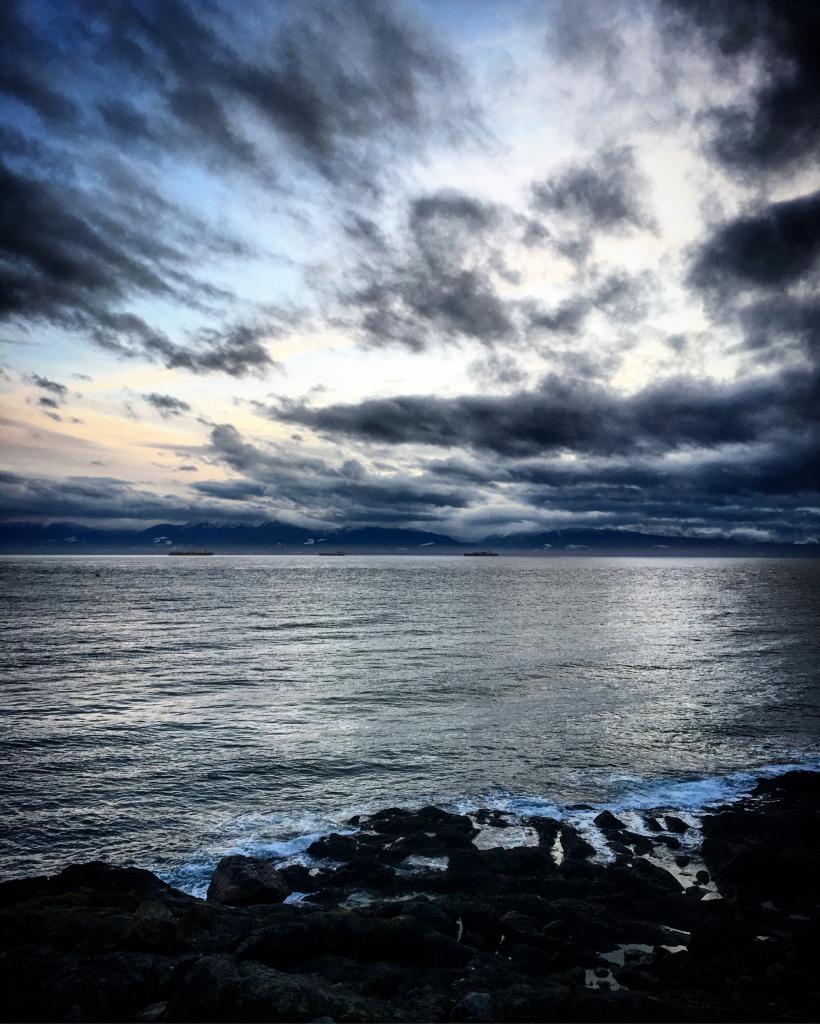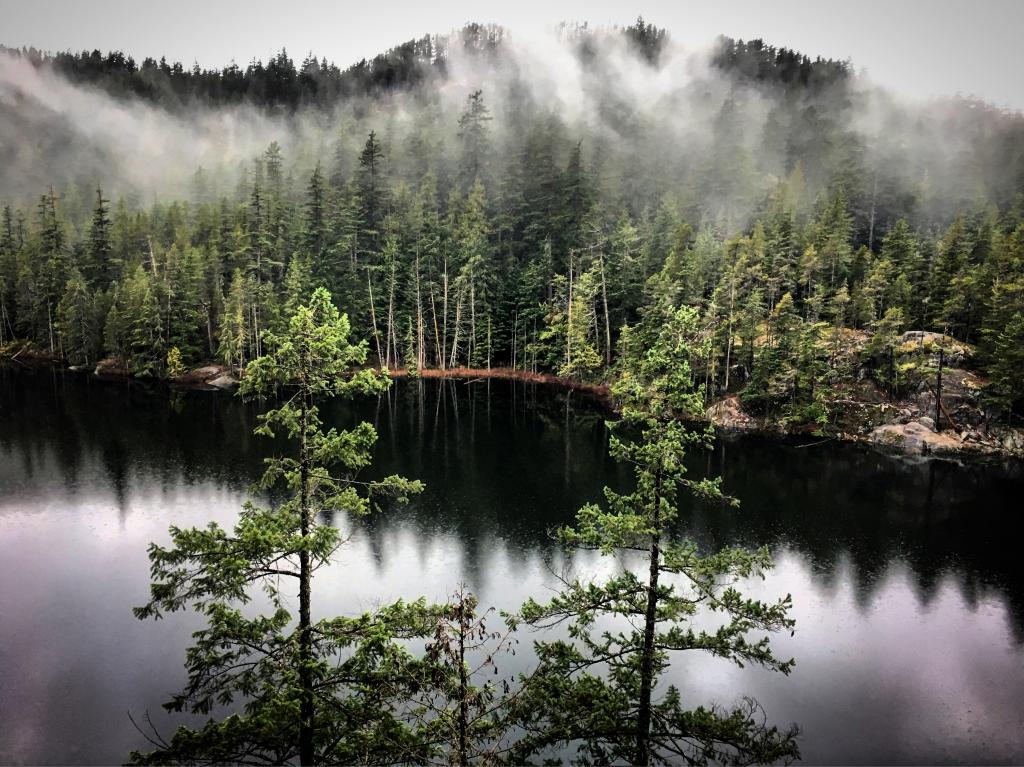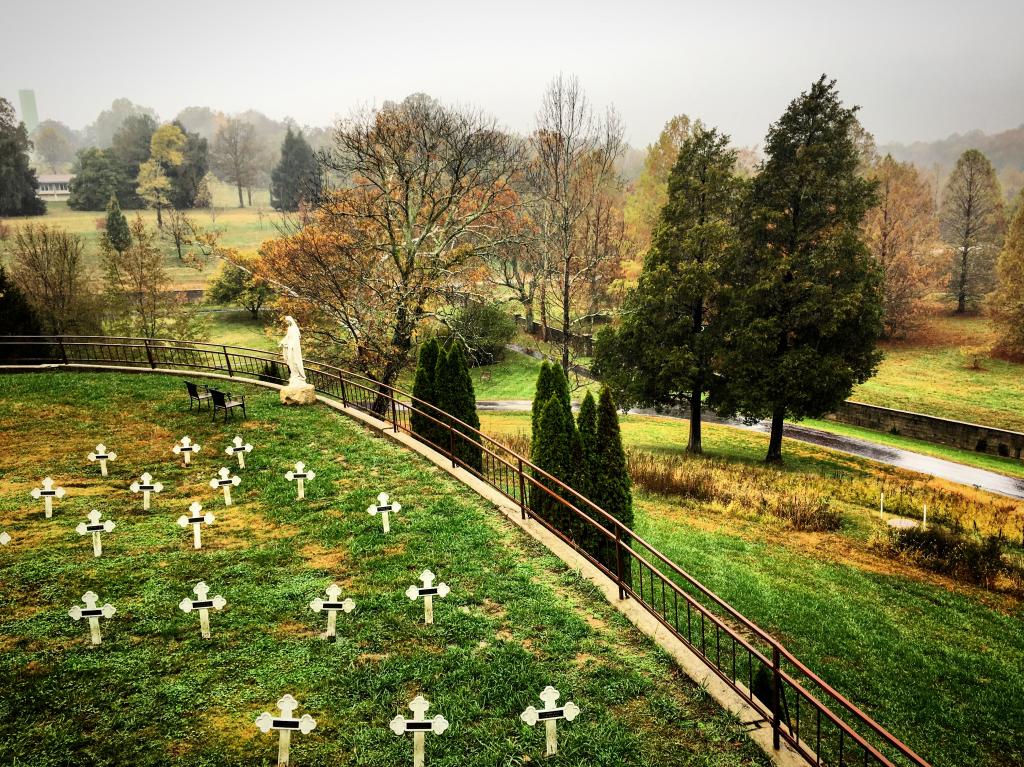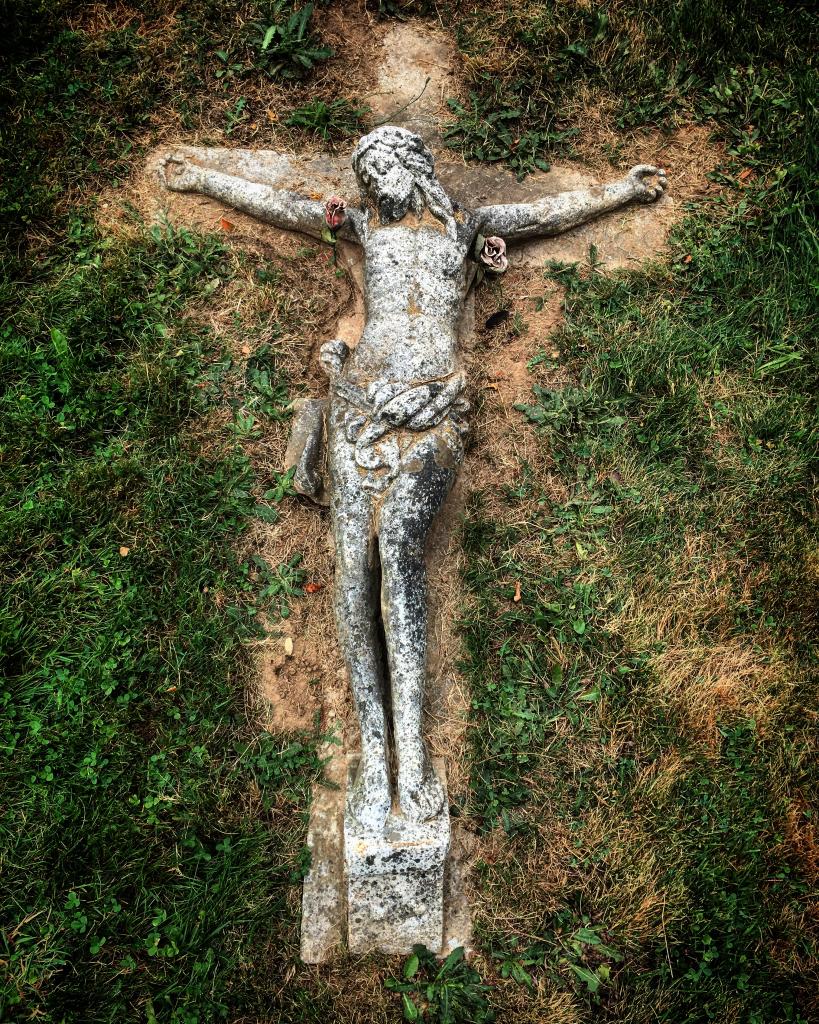[Spoiler Alert]
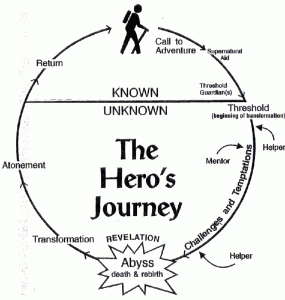
Thanks to some generous marketing people over at Patheos, I was asked to see The Revenant, staring Leonardo di Caprio and write a review. The film adaptation of Michael Punke’s novel was directed by notoriously gruesome Alejandro G. Iñárritu and isset in 1823 Montana and South Dakota.
The film follows the grueling Hero’s Journey of mountain man Hugh Glass, who is guiding a Rocky Mountain Fur Company expedition that is attacked by Arikara warriors. After being mauled by a bear that leaves him slashed to ribbons, the company decides to leave him behind with two men to either see him through, or give him a proper burial. Jim Bridger and John Fitzgerald volunteer, along with Glass’s half Pawnee son. While they are waiting, Fitzgerald, the film’s villain gets in a fight with Glass’s son, and stabs him to death. He then lies to Bridger about seeing a band of hostile Arikara coming their way to get him to abandon Glass with him. Fitzgerald leaves him in a shallow grave to die. As you can see in the illustration, the story fits Joseph Campbell’s Hero’s Journey perfectly.
Glass crosses the threshold into the unknown, is attacked, left for dead, and then comes back from the grave to seek revenge. As he grunts and crawls his way over nearly 200 miles of grey snowy wilderness he is also helped by several guides including a Native healer, his dead wife and his dead son.
The film is visually breathtaking, and brutally violent, and reminds us of the atrocities carried out on Native People’s as our people relentlessly expanded westward. Scenes of rape, lynching, pillage and battles punctuate much of the film’s 156 minutes. And yet for all the attention this violence receives visually, it is still the brutalized body of a white Hero that commands our sympathy throughout.
In one scene, Glass stumbles into the crumbling nave of a church and sees a vision of his dead son, who touches the nailed feat of Jesus still painted on the chancel wall. The son looks back and they embrace, but when Glass comes to, he is hugging an aspen stem that has grown up through the floor. Just as Christ atoned for us, Glass must atone for the injustice done to his son, and perhaps even for all Native people.
It is this obsession with the white savior (James Cameron’s Avatar is another great example), that gives the film an ambivalent moral. Glass is both Hero and Anti-Hero. Both ally to Native people and part of the culture that is destroying them. In the very last scene, Glass, shaking from his encounter with Fitzgerald turns his gaze toward the camera. He looks penetratingly into the audience (who were mostly white men like myself). The director seemed to be saying that we are part of this messy history too. And even though we are not faced with raids and direct violence, our way of life is built on the structural violence perpetrated on Native peoples.
As I walked out of the theatre, overwhelmed, a Jeep drove by with a large American flag on a pole flapping from the rear. The flag reminded me of images of the Oregon Militants who as I write are still occupying a bird refuge in Oregon to protest the prosecution of two ranchers over arson charges, and to demand the return of Federal Lands; and who despite being armed are being met with caution by authorities. As one Paiute woman said during an NPR interview I heard earlier that day:
“If I, as a native person, a person of color, were to go down there and do the same thing, they would have hit me on the forehead with a baton…because they’re white people, I feel that they’re being treated differently.”
In asking for the “return” of Federal Lands, the Ranchers are showing a kind of cultural amnesia that Glass seems to be warning us against with his penetrating stare. Perhaps in continuing to tell the story of the white Hero, which inevitably backgrounds the suffering and sympathies for people of color, we participate in this amnesia. I don’t know how to right the wrongs of racism, colonialism and structural violence, but taking responsibility for our shared memory is a good place to start. In a sense, this is how our ancestors might repent of these terrible wrongs.



